Tamadla Goat
What would you do if you found a goat lounging on your ceiling? In northern Alkelbulan this is a regular occurence, especially for those raising tamadla goats! As a domesticated species the Tamadla Goat, or Scandere Goat as the Quiris call them, is a staple for societies of northern Alkelbulan alongside the Shamsi Camel. While their secondary magic differs by region, all tamadla goats are capable of Gokrilvek's Movement, able to walk on any surface even upside down. Whether scaling wadis walls or leaping from tree branch to tree brance to browse fruit and leaves, these rambunctious goats can be found in the most bizarre of places!
|
First AbilityGokrilvek's Movement Tamadla Goat with Gokrilvek's Movement are able to retain footing and balance despite whatever outside force, enduring and maintaining movement despite normal physics even upside down. Their strikes always follow through, their balance is always steady and sturdy, they can maintain this on any surface and can remain unmovable against their will. Finally, they can endure damage unusually well and they are heavier than they should be.
Second AbilityRithaldis' Diet Those with Rithaldis' Diet are able to consume or absorb radiant energy as sustenance, to heal or to replenish their magic energy. They are particularly attracted to plants which emit or transform into radiant energy. Cannot be harmed by radiant energy, absorbing it instead, even radiation.
Gokmar's Manipulation (Salt) Goats with Gokmar's Manipulation are able to manipulate minerals present in their environment with their teeth, stomachs, hooves and horns, specifically salt in this species. They can use it to extract salt from their food and water as they chew and using their four stomachs, spitting it up or passing it in stool.
Ilnid's Manipulation Using Ilnid's Manipulation, these Tamadla are able to manipulate glass and sand present in their environment with their teeth, stomachs, hooves and horns. They use it to extract sand and glass from their food as they chew and using their four stomachs, spitting it up or passing it in stool.
Aasaru's Eye Goats with Aasaru's Eye are able to see desert plants in their environment over great distances and regardless of barriers. Used to locate food in sparse biomes.
|
Anatomy |
Males are larger than females, and far smellier, but both possess horns and beards. Their horns are made of living bone and their hooves are split and wide spread, an adaption enabling their excellent climbing skills even without their magic. They have horizontal pupils and long, floppy ears. Most Tamadla goats have white or sandy fur which is thin and short.
|
Diet |
Tamadla goats are browsing and grazing herbivores. They are rumored to eat almost anything--and their cousins in Skaney certainly live up to this myth. In reality, tamadla goats have a habit of chewing on and taste anything resembling plant matter to test if its edible.They are actually very particular about their food, refusing to eat anything which has been soiled or water which has been contaminated.
They prefer to browse the tips of woody shrubs, trees, weeds and briars as well as long grasses. They will also eat from desert scrub, aromatic herbs, hay, vines, alfalfa and silage but are sensitive to mold and bacteria in their feed. They need more nutrients than larger livestock and are top down grazers, starting with seed heads and working their way down. Much like Raqs Gazelle, they can sometimes be found amid branches of trees feeding on leaves and fruit! They are equally important in the lives of the plants they graze on, immune to their defenses and dispersing their seeds. |
Life Cycle |
Tamadla goats can breed year long, females going into heat every 21 days for 48 hours. She will wag her tail and stay close to the buck of the herd, far more vocal than usual. Males can breed at any time but still rut in the fall. He will curl his upper lip, urinate on his own legs and face and his sweat glands will leave him far smellier than usual—apparently essential to be considered attractive! Pregnancy lasts for 150 days, usually having twins but upwards of sextuplets can occur. The mother can continue to produce milk daily for up to ten months, drying off after being bred again. |
PredationThere are plenty of predators who would like to make an easy meal off of these goats. They include Wata Jackal, ǁKo Wild Dog, Ayyur Fox, Manid Hyena, eagles and various large cats. They rely on their humans for protection. However, they can also be aggressive as well, utilizing their horns. |
Behavior |
Agile and clever, they are capable of maneuvering difficult and narrow footholds and jumping more than five feet! Tamadla goats especially are prone to climbing up trees and rocky walls to browse leaves and fruit, sometimes giving people a scare when they stand along the bottom of a branch or the wall of a home. Naturally curious, lively, agile, inquisitive and independent, they are intelligent and quick to pick up new habits, bad or good, and are immensely skilled escape artists thanks to their magic. It's a common sight to find a these curious creatures sniffing and nibbling on unfamiliar objects only to spit out anything inedible with significant distaste, especially if it is dirty—the term capricious comes from this animal after all!
Goats are very sociable species, even capable of forming strong bonds with humans and using complex forms of communication. Unlike sheep, they don't cluster together in a pasture and can be difficult to herd, infamously stubborn. They naturally splay out from each other but will face any danger head on. They will all turn and face intruders and bucks are extremely prone to charging and headbutting threats or unfamiliar humans—he won't hesitate to utilize his Movement manifestation in defense of the herd! They are very attached to their humans too, communicating with them similarly to how a dog or horse might. They will seek out human assistance when they cannot solve a problem, moving towards a human to get their attention before glancing back at the problem. |
Domestication |
These were among the earliest species humanity domesticated, a hardy animal capable of surviving even in Shamsi and Arabiyyan Deserts, more suitable than other domestic species thanks to their browsing habits. Milk and meat are their largest products. In her prime, one female can produce 6-8 lbs (2.7-3.6 kg) of milk daily or 3-4 qt (2.8-3.8 L) per year.
Tamadla goats are also useful for manure, fiber and hide, even their horns useful for instruments and tools. They are the main cattle of nomadic pastorialists of the Shamsi Desert, especially for the Imaziɣen, but also for oases settlements. They can even be kept in rural towns in Flumen Pontem, perfectly at home along its precipitous walls. They are generally kept in one of four ways, pastured in annual crop systems, in perennial crop systems, with other cattle in nomadic herding systems or are kept in pens, food cut and carried to them. They are effective in clearing unwanted vegetation in fields, uninterested in crops but consuming weeds and vines. They can also graze alongside sheep, interested in different food than them. In Shamsi and Arabiyyah, it isn't uncommon to see goats freely wandering small villages while nomads prefer to follow their animals' natural grazing patterns. |
Myth |
Tamadla goats are used as a symbol of fertility, power, wealth and abundance. They are seen as sources of inexhaustible plenty. Mythic entities across all of Emynea like Pan, Capricorn, Ikenga, Naigamesha, Heiðrun, Tanngrisnir and Tanngnjoster are goats or at least half goat. Within the native range of the Tamadla goat, they are viewed as a sign or wealth and prosperity. There are even Quiris who possess the form of a satyr, blessed by Lunil with the Form of a tamadla goat. These shepherds are capable of following their herds along the verticle walls of Flumen Pontem, as unfazed by gravity as their goats! |

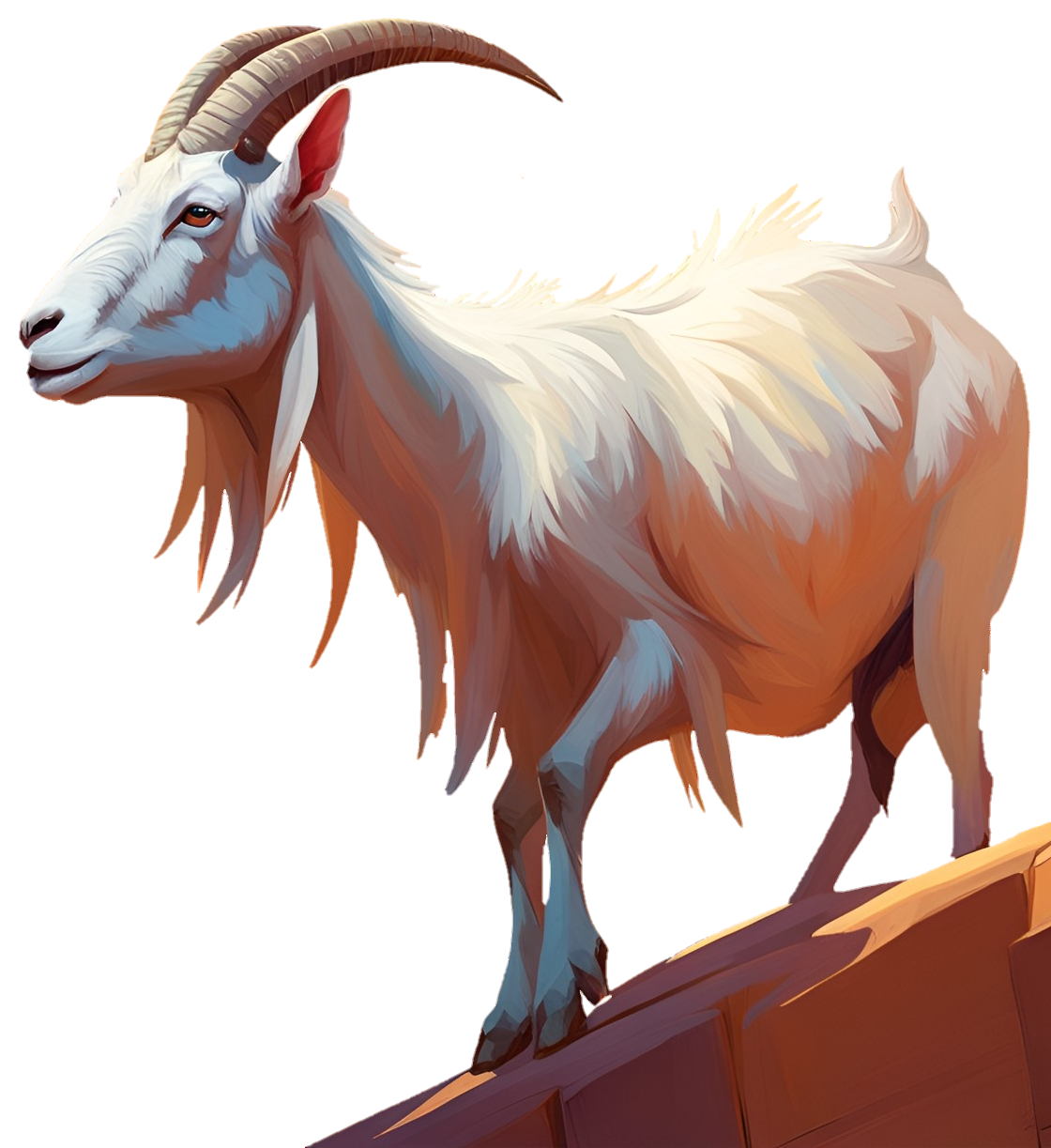
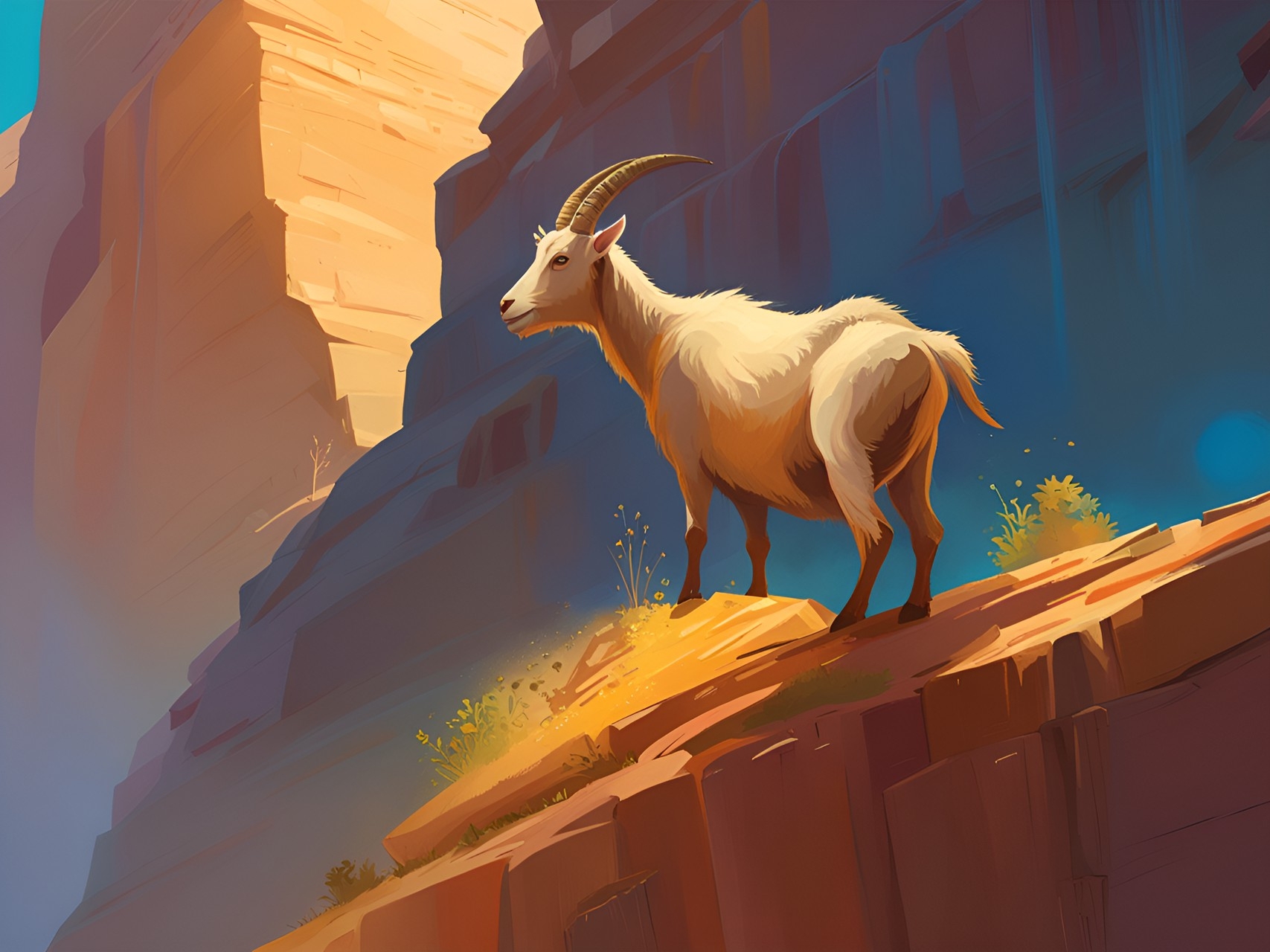

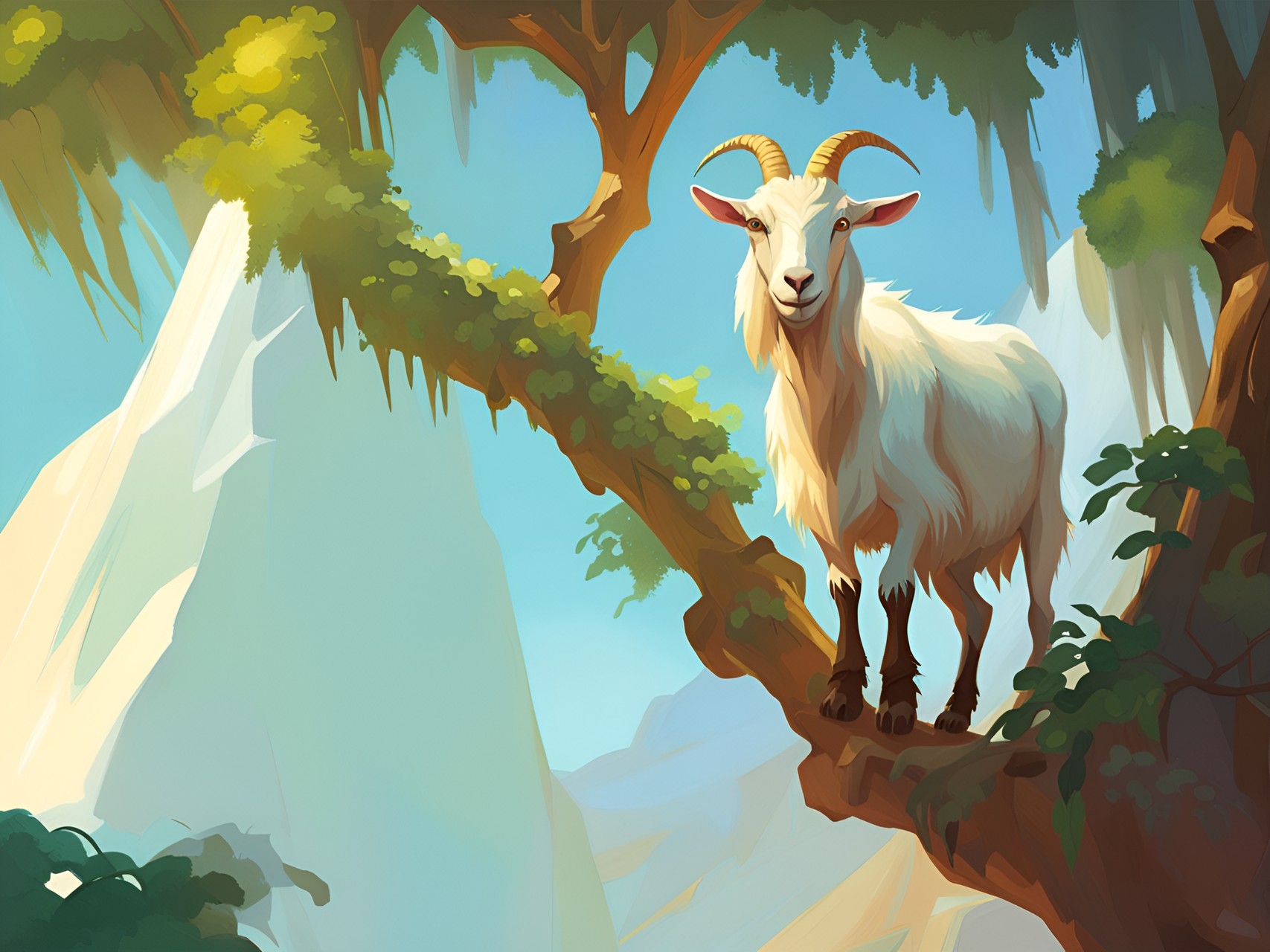
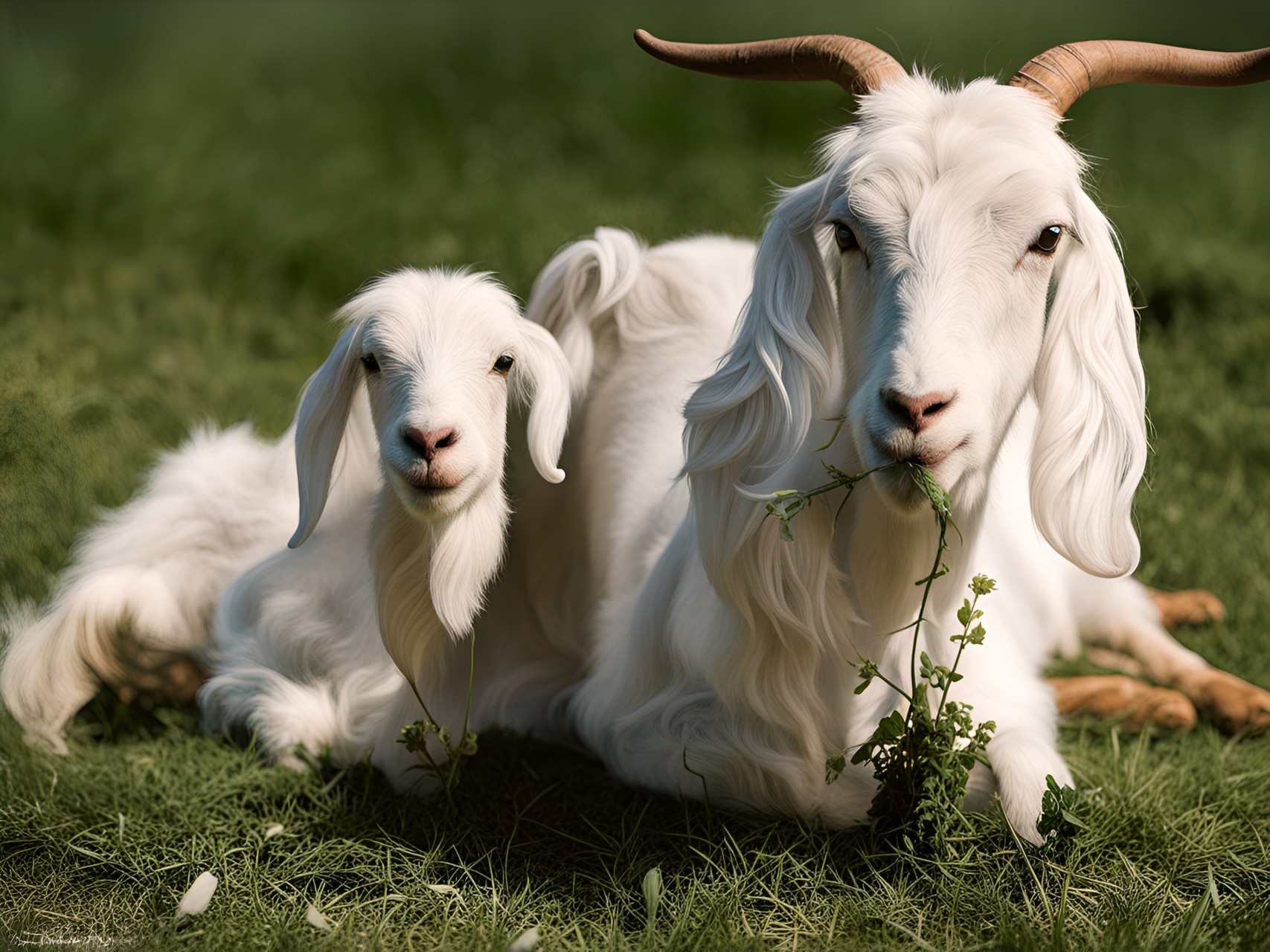
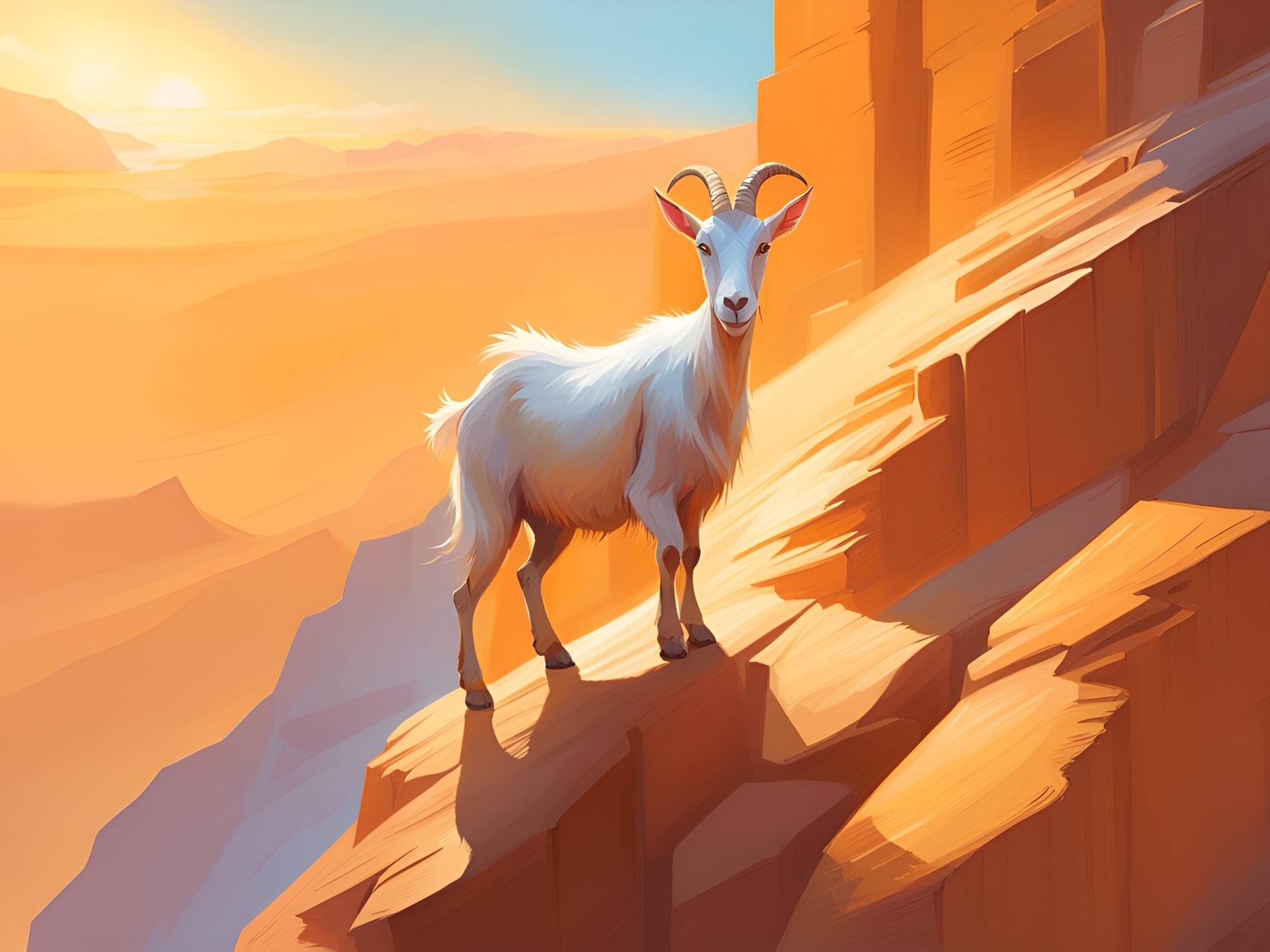
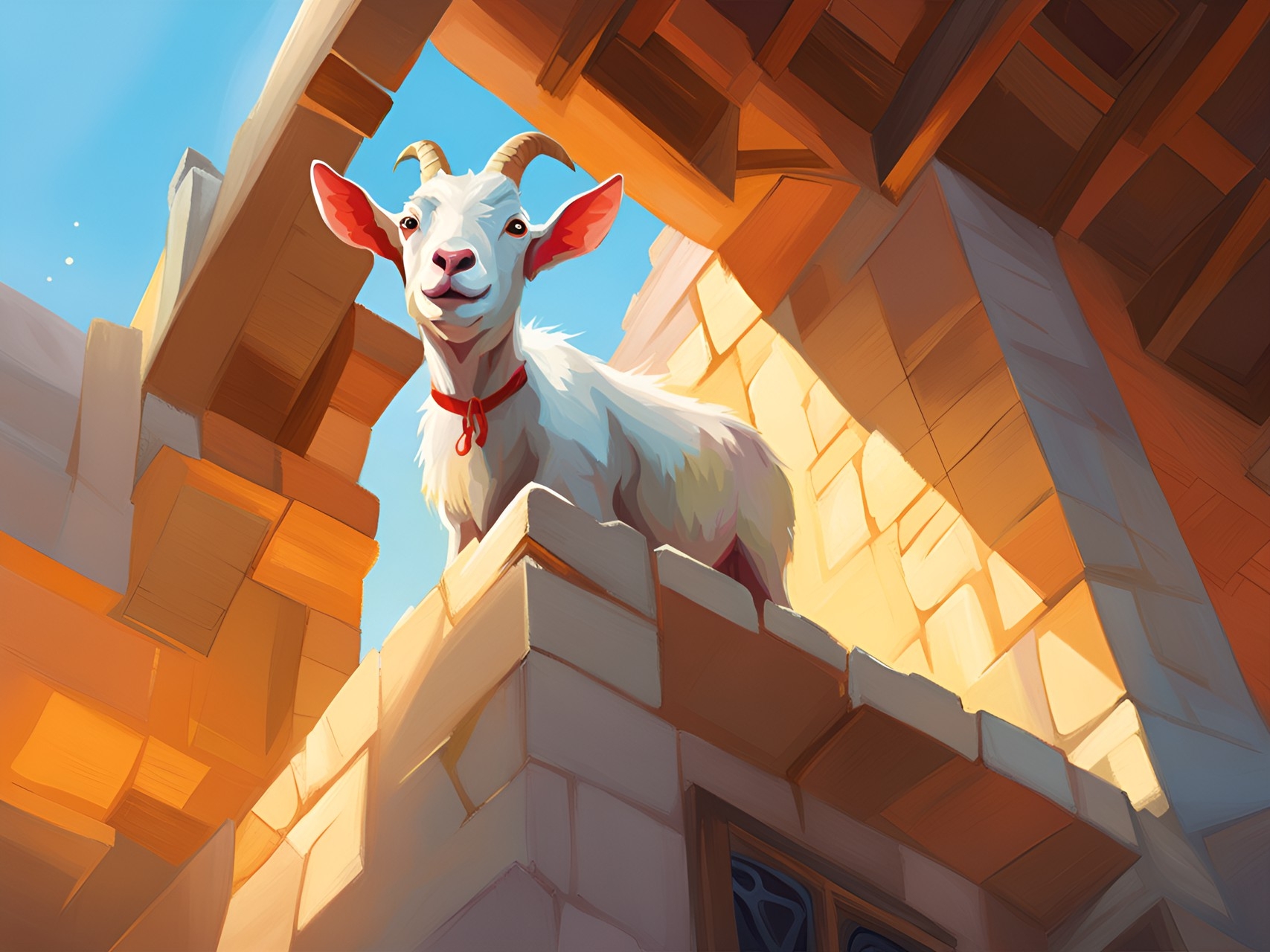
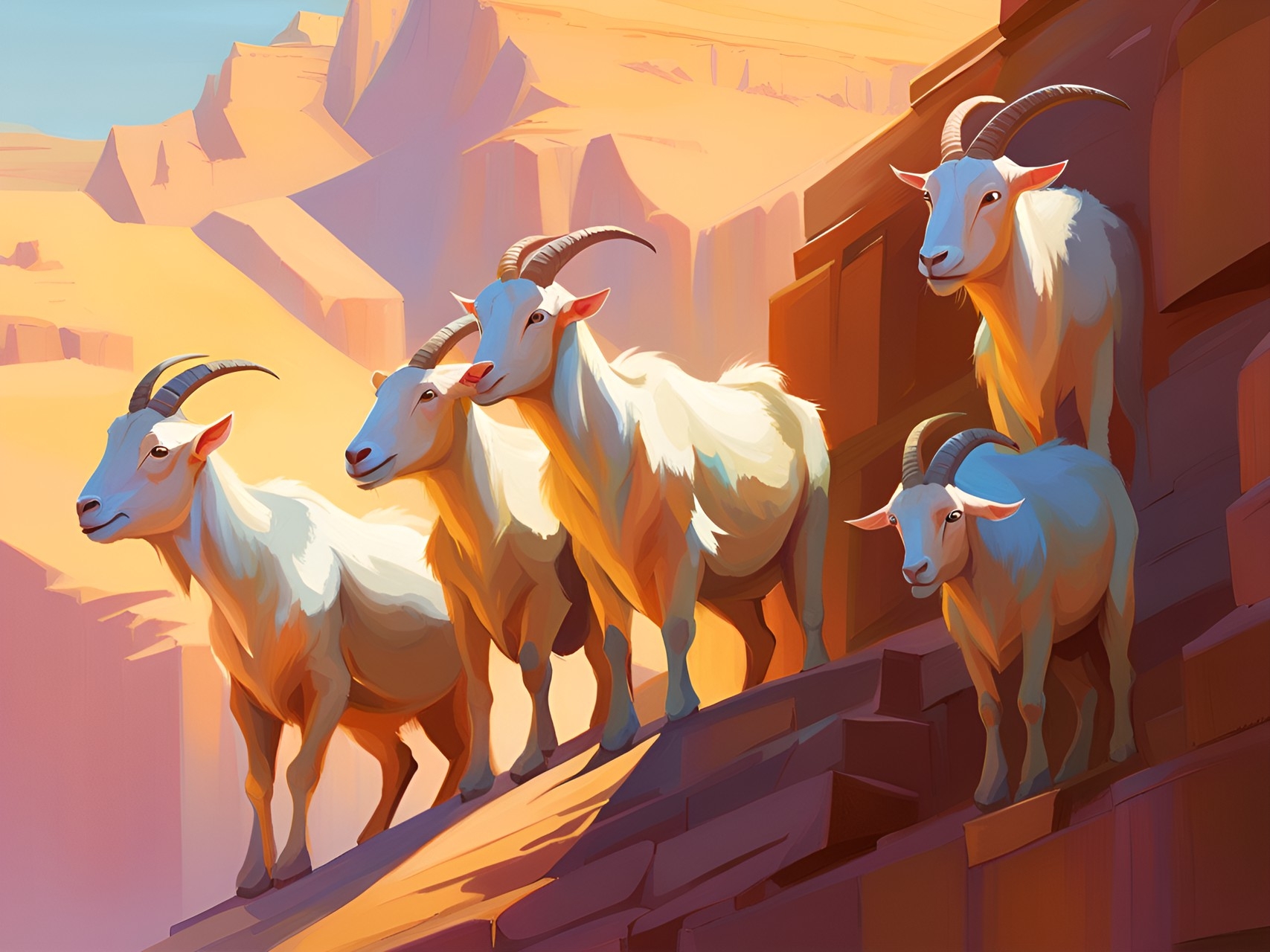
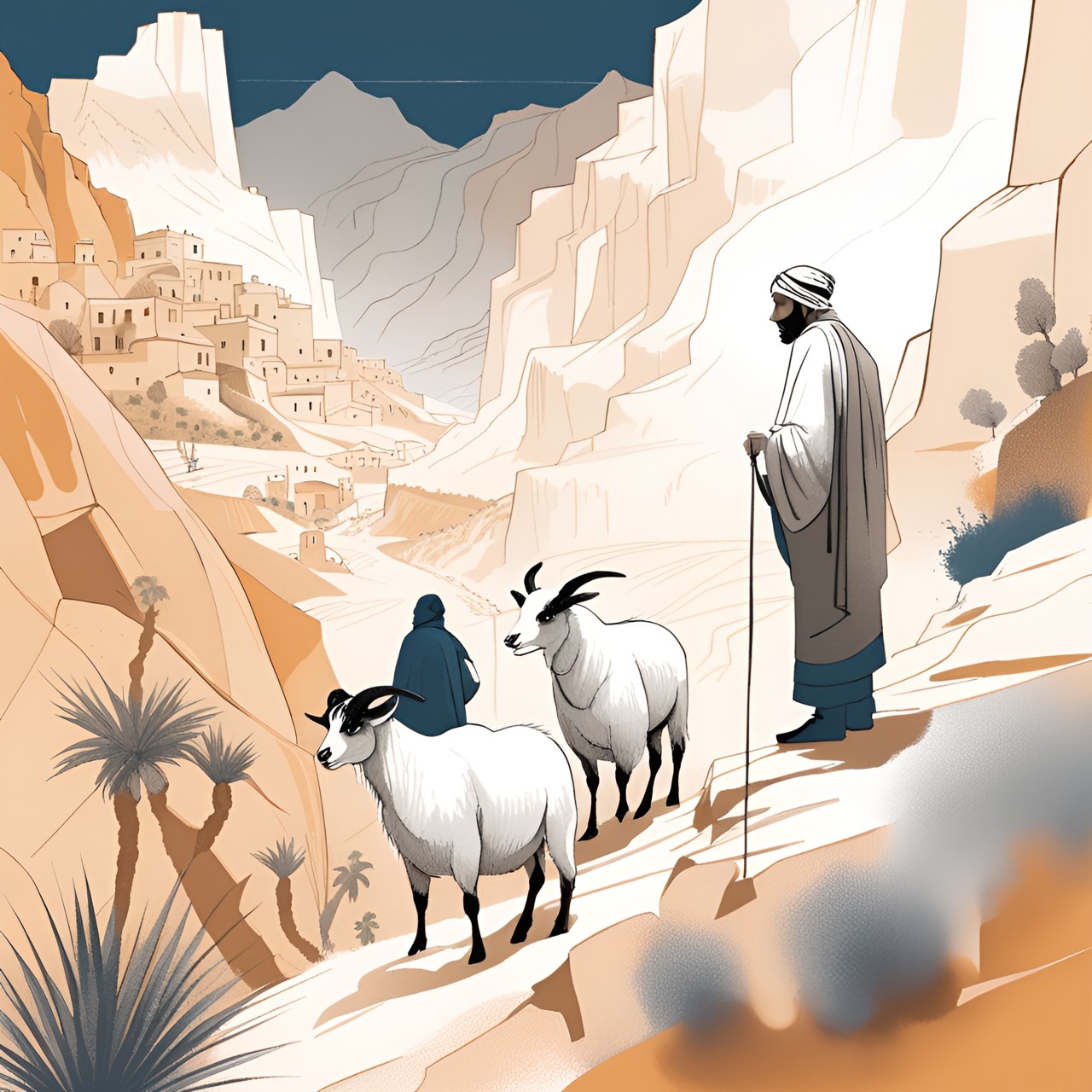
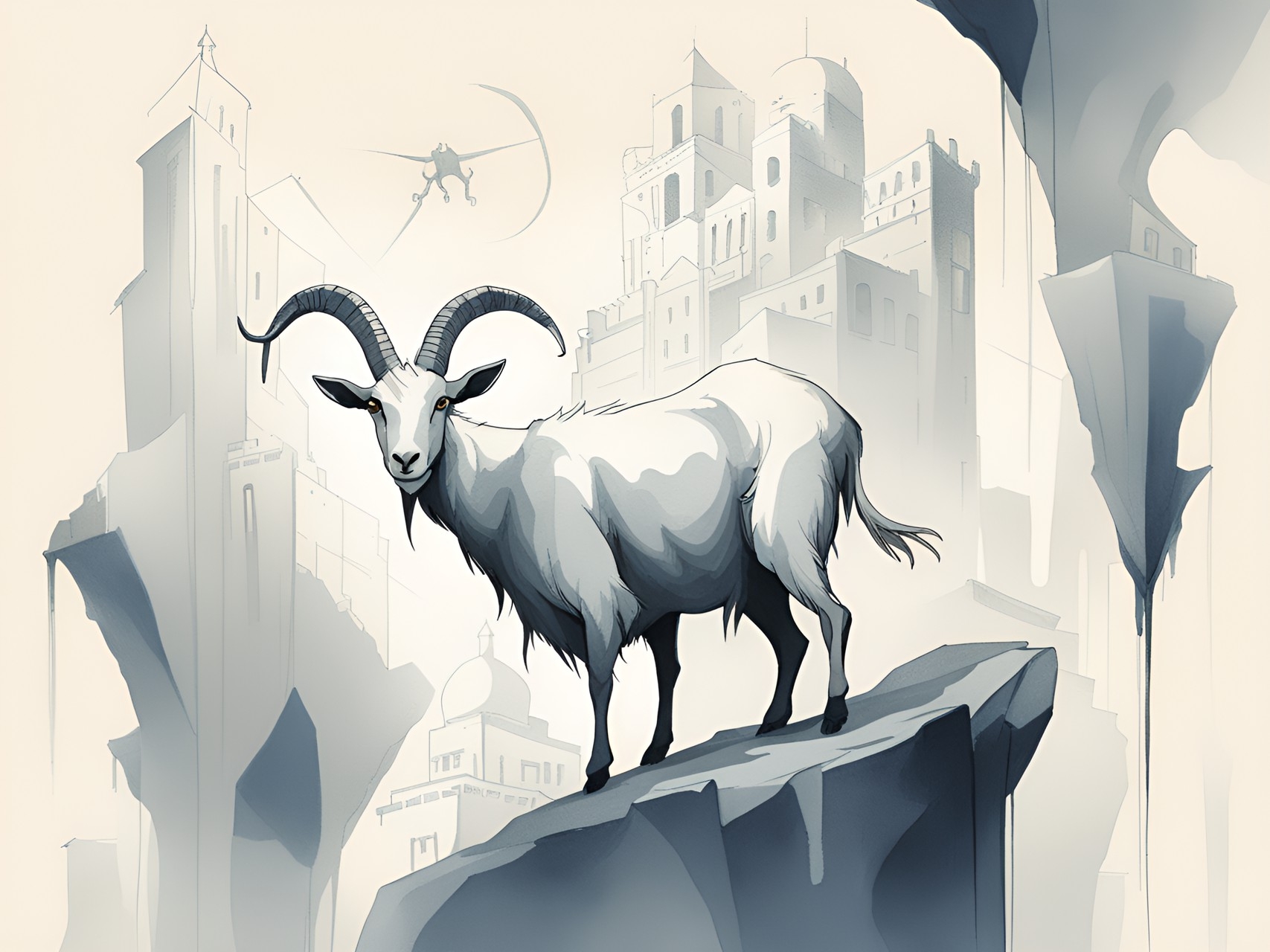


Comments